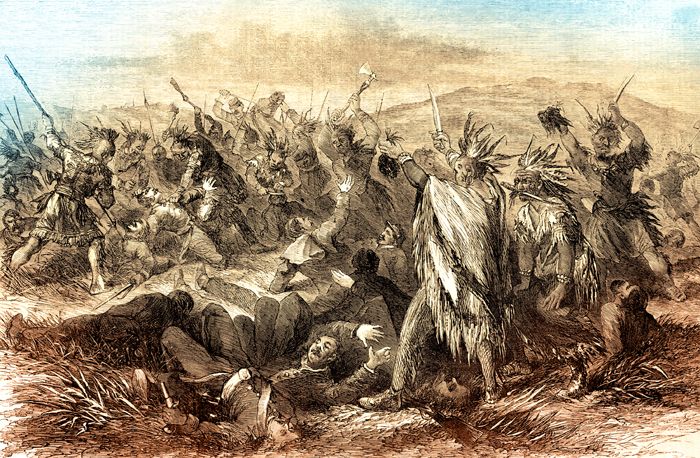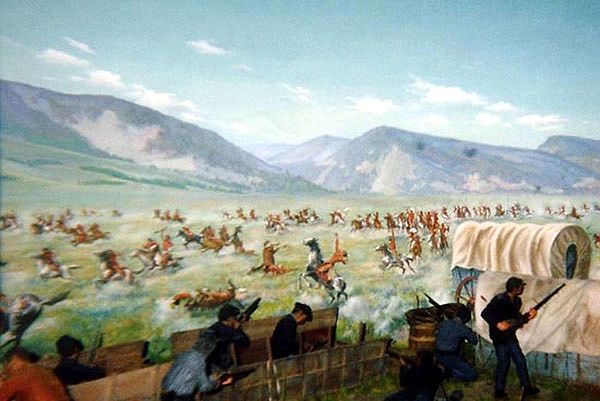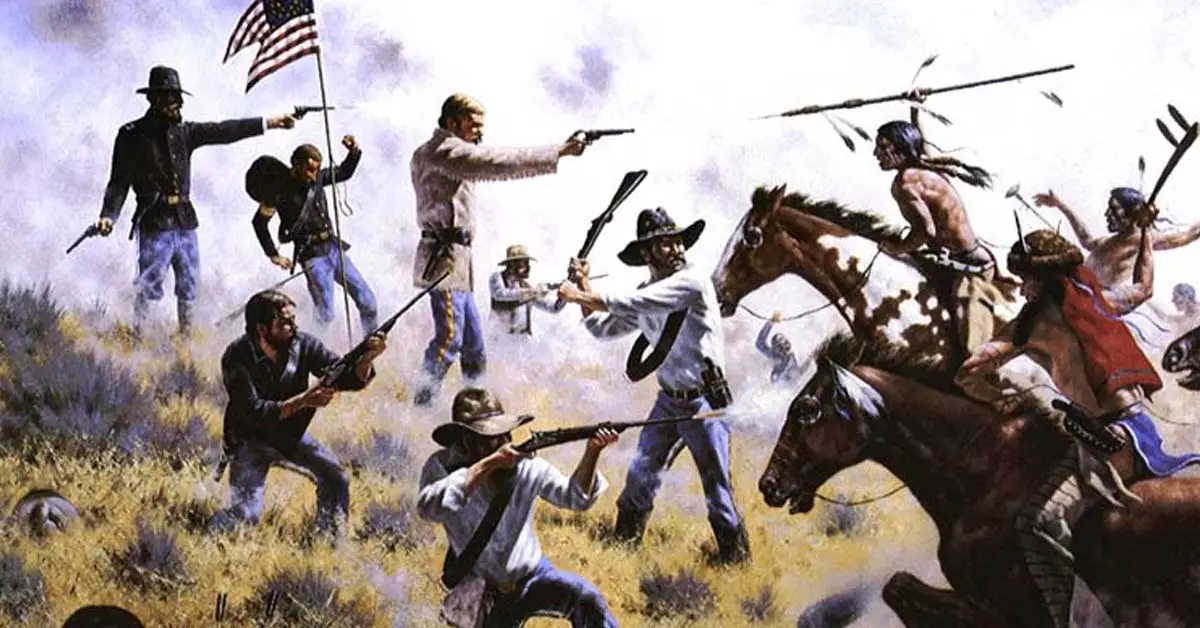Red Cloud’s War: The Native American Resistance Against Westward Expansion
Red Cloud’s War was a significant conflict between the Sioux, Cheyenne, Arapaho tribes, and the United States Government that took place from 1866 to 1868. It was named after the prominent Sioux Indian Chief Red Cloud, who played a crucial role in leading the Native American resistance.
The Treaty of Fort Laramie in 1851 was intended to establish peace and define the boundaries between the Native American tribes and the United States. Under this treaty, the Native Americans agreed to permit the construction of military forts on their lands and the safe passage of caravans heading west. In return, the U.S. government recognized their ownership of the territories.
Unfortunately, the treaty was repeatedly violated by both sides. The arrival of settlers and gold prospectors led to increased conflicts and encroachment upon Native American lands. The discovery of gold in Montana’s Bozeman region in the mid-1860s exacerbated the tensions, as it brought a significant influx of miners and settlers into the Sioux hunting grounds.
Red Cloud, along with the Cheyenne and Arapaho tribes, saw this as a clear violation of their rights and an abuse of the occupation of their territories. In response, they initiated a widespread resistance movement against the U.S. military presence and the encroachment of settlers.
The Native American forces, led by Red Cloud, employed guerilla warfare tactics and effectively launched a series of attacks on U.S. forts, supply routes, and settlements. These actions inflicted heavy casualties on the U.S. Army and disrupted their ability to maintain control over the region.
Recognizing the difficulties of continuing the conflict and the mounting military losses, the U.S. government ultimately decided to negotiate a peace agreement. The resulting Treaty of Fort Laramie in 1868 recognized the Black Hills region as Sioux territory and established the Great Sioux Reservation.
Red Cloud’s War marked a turning point in the history of Native American resistance against the westward expansion of the United States. Although the war did not result in complete victory for the Native American tribes, it demonstrated their determination to protect their lands and rights. It also highlighted the need for the U.S. government to reconsider its policies towards Native Americans and respect the treaties it had signed.
Overall, Red Cloud’s War serves as a reminder of the complex and often contentious relationship between Native American tribes and the United States during the era of westward expansion. It stands as a significant chapter in the struggle for indigenous rights and the preservation of Native American cultures and lands.
Hits: 2










